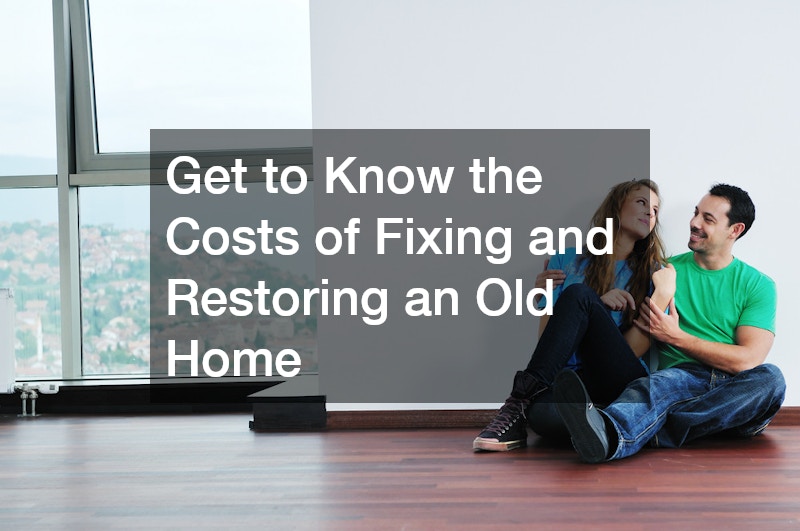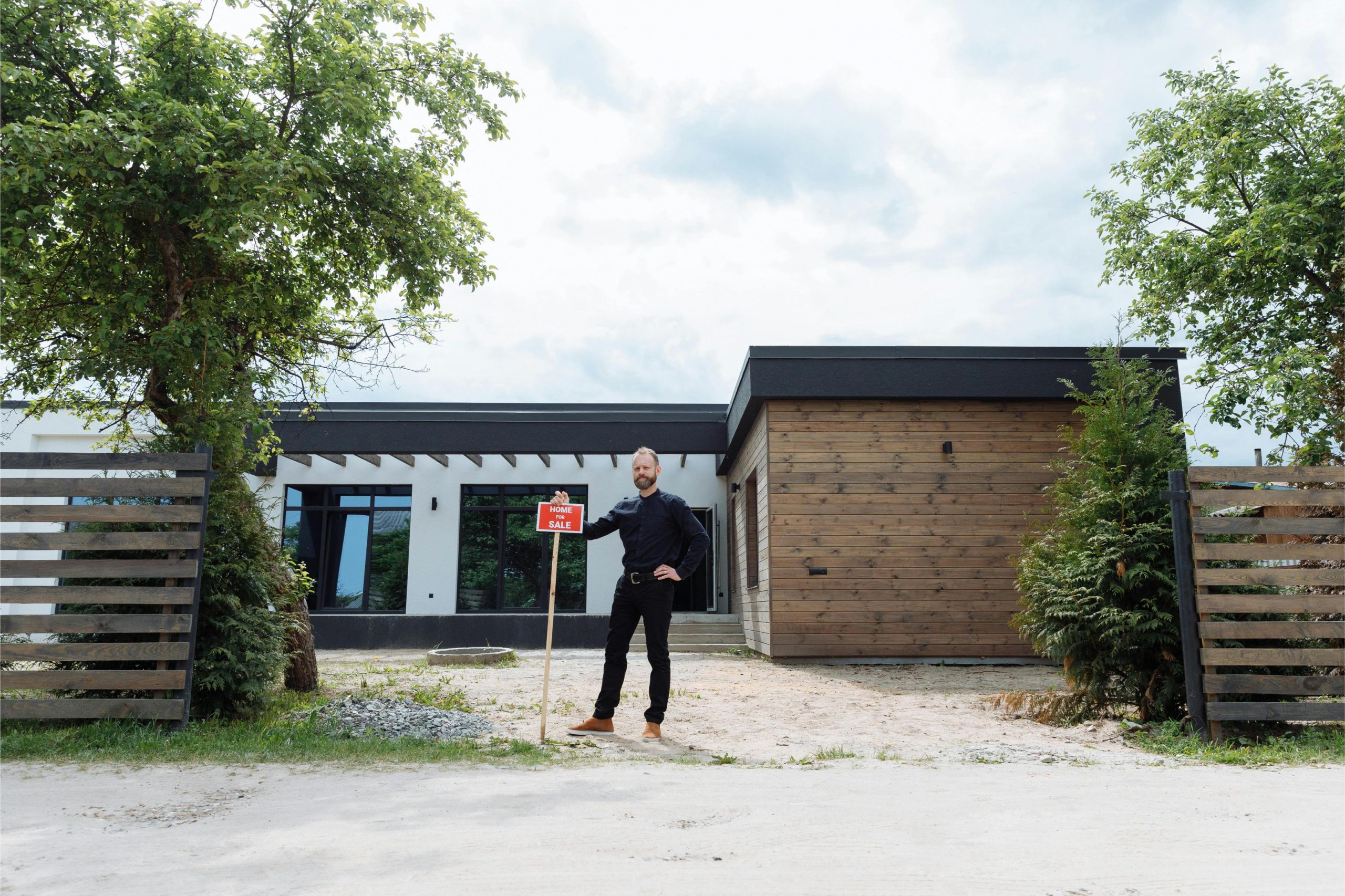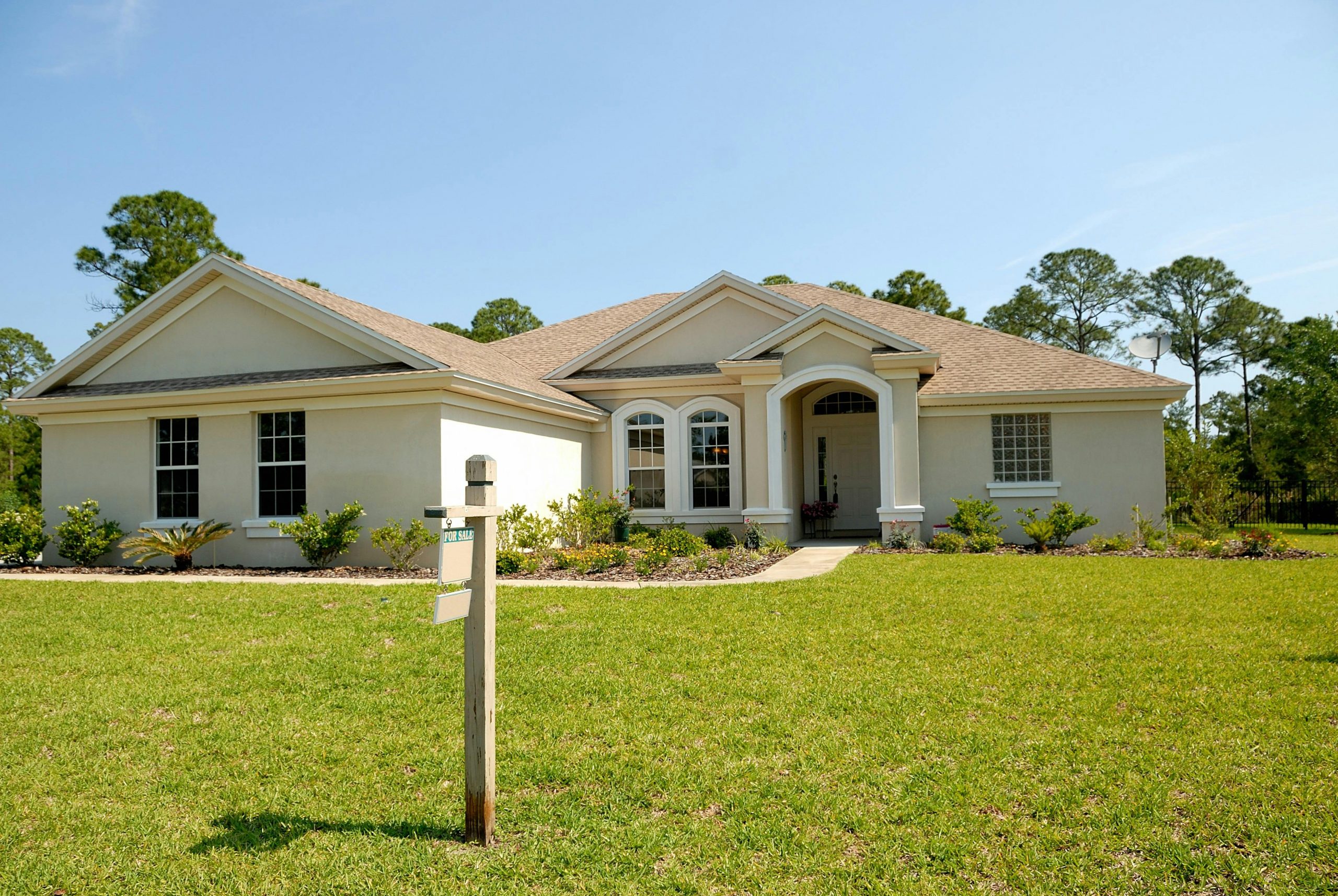
Restoring an old home can be a rewarding yet challenging experience. Many people are drawn to the character and charm of older homes, but they also come with their share of potential problems. Understanding the costs involved in restoring and fixing an old home is crucial before you begin such a project. Whether you are dealing with structural issues, cosmetic repairs, or modern upgrades, it’s important to budget appropriately. This guide will help you navigate the various costs you might face when restoring an old home.
Assessing the Condition of the Home
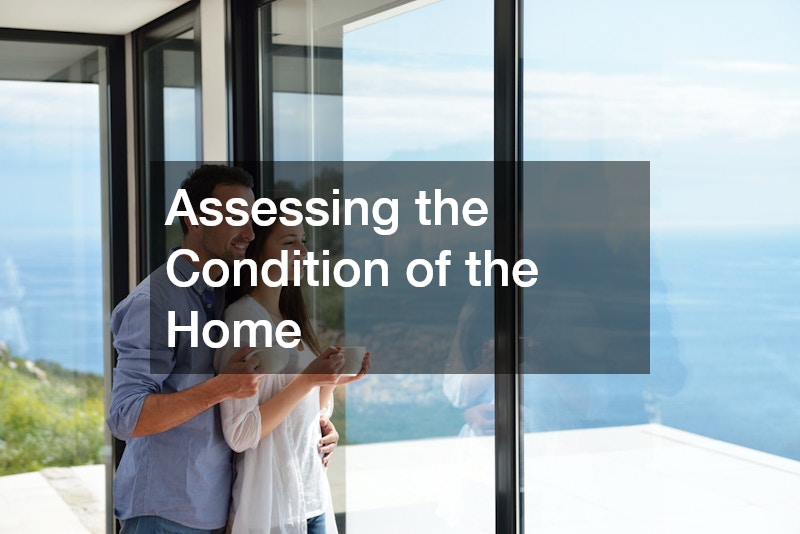
Before diving into the costs, it’s essential to assess the condition of the home. Hire a professional home builder or inspector to evaluate the property. A thorough inspection will reveal issues such as structural damage, outdated electrical systems, plumbing problems, and water damage. Once the inspection is complete, you’ll have a clearer picture of the repairs needed and can begin budgeting for them.
Foundation and Structural Repairs
One of the most expensive aspects of restoring an old home is addressing any foundation or structural issues. Over time, foundations can settle, causing cracks and other damage. Repairing a damaged foundation can cost anywhere from $4,000 to $30,000, depending on the severity of the issue. Additionally, if the home requires structural reinforcements, you may need to hire a contractor to rebuild or reinforce walls, beams, or flooring.
In some cases, water damage repairs may be necessary if the foundation has been compromised due to flooding or leaks. Water damage repairs can cost anywhere from $1,200 to $5,500, depending on the extent of the damage.
Roofing and Roof Repairs
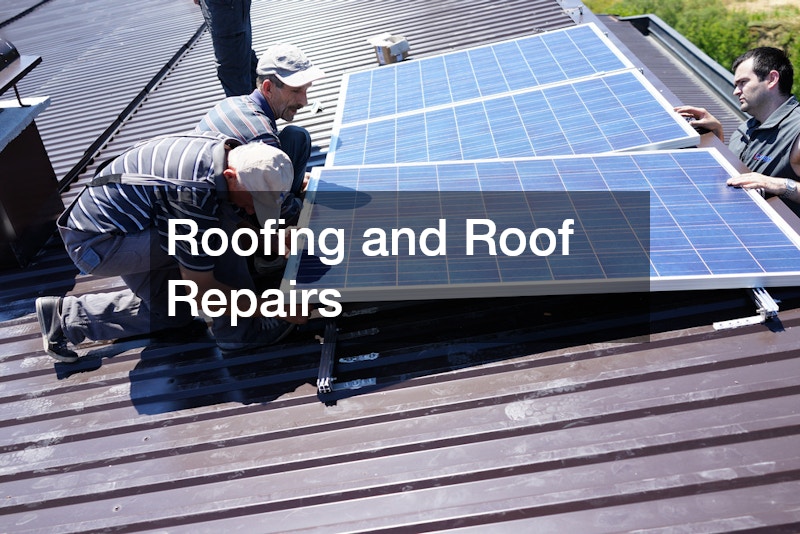
Older homes often have aging roofs that need to be repaired or replaced. If your home’s roof is leaking, missing shingles, or showing signs of wear, it’s time to consider roof repairs. The cost of roof repairs depends on the size of the roof and the materials used, but it typically ranges from $5,000 to $12,000 for a full roof replacement. Minor repairs, such as fixing leaks or replacing a few shingles, can cost between $500 and $2,000.
Roof repairs should always be addressed promptly, as a damaged roof can lead to further issues such as mold, water damage, and structural problems.
Exterior Painting and Siding
The exterior of an old home is often one of the most noticeable aspects that require restoration. Whether the house has wood, brick, or another type of siding, restoring the exterior is an essential step in preserving the home’s curb appeal. Exterior painting is one of the most cost-effective ways to refresh the look of your home. The average cost for exterior painting ranges from $3,000 to $8,000, depending on the size of the house and the quality of paint used.
If the siding itself needs repairs or replacement, you could be looking at additional costs. For instance, replacing siding can cost anywhere from $5,000 to $14,000, depending on the materials.
HVAC Systems and AC Services
Many older homes have outdated heating and cooling systems that are inefficient and costly to run. Replacing or repairing these systems is often necessary for both comfort and energy efficiency. If the home has an old furnace or central air conditioning system, you’ll want to consider hiring professionals for AC services and heating repairs.
On average, installing a new air conditioning system can cost between $3,500 and $7,500, while heating repairs and furnace replacements range from $4,000 to $10,000. These upgrades can significantly lower energy costs and improve the overall comfort of the home.
Electrical System Upgrades
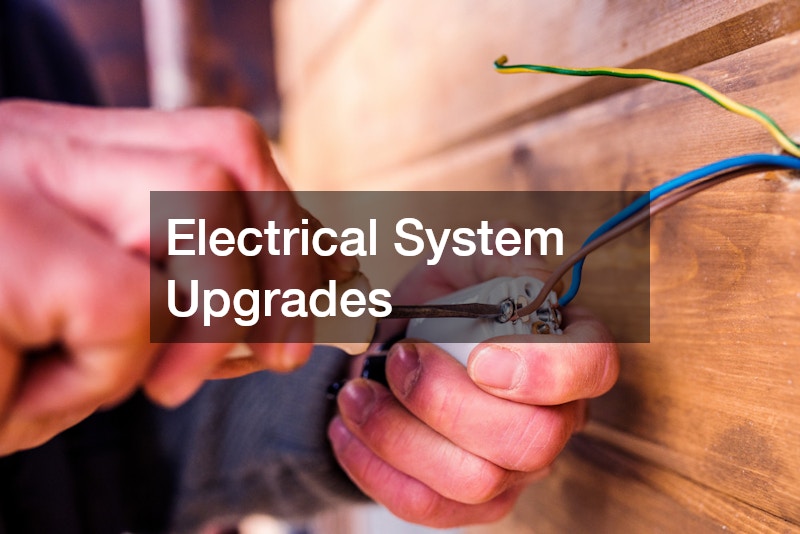
The electrical systems in older homes may not meet modern safety standards. Old wiring can pose a fire hazard, and many older homes lack the capacity to handle today’s electrical demands. Rewiring an entire home can cost between $8,000 and $15,000, depending on the size of the house and the extent of the work needed.
In addition to rewiring, you may need to upgrade the electrical panel, which typically costs between $1,200 and $3,000. These upgrades are essential for ensuring that your home is safe and can handle modern appliances and electronics.
Plumbing System and Water Heater Services
Outdated plumbing is a common issue in older homes. Leaky pipes, corroded fixtures, and poor water pressure can all signal that it’s time to update the plumbing system. Many plumbing companies specialize in upgrading old systems, and the cost to replace plumbing throughout a house can range from $4,000 to $10,000, depending on the materials used and the size of the home.
Water heater services are another important consideration. If your old home has an outdated water heater, you may need to replace it with a more efficient model. The cost of a new water heater installation typically ranges from $1,000 to $3,500, depending on the type and size of the unit.
Windows and Doors
Restoring or replacing old windows and doors can help improve the energy efficiency of the home while maintaining its historical charm. If the original windows are in good shape, you may be able to restore them by resealing and repainting. However, if the windows are beyond repair, you may need to replace them entirely.
The cost to replace windows in an old home can range from $200 to $1,500 per window, depending on the type of window and the materials used. Restoring original doors can cost between $300 and $1,200 per door, while replacing them with new ones may cost more, especially if you’re opting for custom designs.
Flooring and Interior Repairs
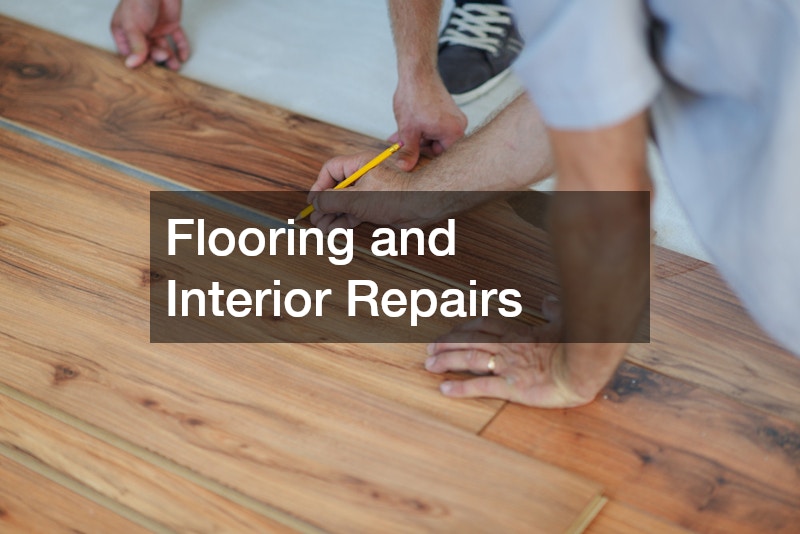
The flooring in an old home is often one of the most important features to restore. Many older homes have hardwood floors that can be refinished to bring them back to life. Refinishing hardwood floors typically costs between $1,000 and $2,500, depending on the size of the area.
If the flooring is too damaged to be refinished, you may need to replace it entirely. The cost of new flooring depends on the materials used, with hardwood flooring averaging $6 to $12 per square foot installed. Other options, such as carpet or tile, can vary in price depending on quality.
Interior repairs, such as fixing plaster walls, updating trim, and repainting rooms, can also add to the overall cost of restoring an old home. These repairs can range from a few hundred to several thousand dollars, depending on the extent of the work needed.
Garage Doors and Exterior Features
If the old home you’re restoring has a garage, you may need to repair or replace the garage doors. Older garage doors may not provide the security or insulation needed in today’s homes, and restoring or replacing them can add to the overall functionality and appearance of the property.
The cost of replacing garage doors typically ranges from $750 to $1,500 per door, depending on the material and style. If the garage structure itself needs repairs, you could be looking at additional costs, especially if the foundation or framing is damaged.
Other exterior features, such as driveways, walkways, and landscaping, should also be factored into your restoration budget. Hiring a paving company to repair or replace a driveway can cost between $2,500 and $6,000, depending on the size and materials used.
Insulation and Energy Efficiency Upgrades
Many older homes lack proper insulation, which can result in higher energy bills. Adding insulation to the walls, attic, and floors can significantly improve the energy efficiency of the home and lower heating and cooling costs.
The cost of adding insulation depends on the size of the home and the type of insulation used. On average, homeowners can expect to spend between $1,500 and $5,000 for a full insulation upgrade. This investment will pay off over time in the form of lower utility bills and increased comfort.
Water Damage and Mold Remediation
Water damage is a common issue in older homes, particularly if the roof, plumbing, or foundation has been compromised. If left untreated, water damage can lead to mold growth, which can pose serious health risks.
Water damage repairs typically cost between $1,200 and $5,500, depending on the extent of the damage. If mold is present, mold remediation services may be required, which can add an additional $500 to $6,000 to the overall cost.
It’s important to address water damage as soon as possible to prevent further issues and ensure the home is safe and healthy to live in.
Budgeting for Fixing and Restoring an Old Home
Budgeting for the restoration of an old home is one of the most important steps in the process. Given the wide range of potential repairs, costs can escalate quickly if you’re not prepared. Establishing a clear budget helps you stay on track and avoid financial surprises. Here are key tips for effectively budgeting for the fixes required to restore an old home.
Set Priorities for the Most Urgent Repairs
Not all repairs need to happen at once, and some may be more pressing than others. Start by identifying the critical repairs that need immediate attention, such as structural issues, water damage repairs, or roof repairs. These are problems that can worsen over time if left unaddressed and may lead to more significant expenses. For instance, a leaking roof can cause mold or water damage that will drive up restoration costs if not taken care of early on.
On the other hand, less urgent fixes, such as exterior painting or landscaping, can be pushed to later stages of the restoration. By prioritizing the most urgent repairs, you can allocate your budget more efficiently and prevent further damage.
Obtain Multiple Quotes From Contractors
For any major repairs or renovations, it’s essential to get quotes from several contractors or companies. Whether you’re dealing with a home builder for structural repairs, plumbing companies for pipe replacement, or professionals for heating repairs, obtaining multiple estimates will give you a better idea of the average costs. It will also allow you to compare prices and choose the option that fits your budget and needs without compromising on quality.
Don’t forget to ask about the cost of materials, labor, and any potential additional fees that could be involved in the repair or restoration process. Contractors may offer various options depending on the complexity of the work, so it’s wise to discuss all possibilities before committing to a service.
Consider DIY Options for Cosmetic Repairs
While it’s not advisable to take on major structural or complex repairs on your own, there are some cosmetic fixes that you can handle to save money. Projects such as repainting rooms, refinishing hardwood floors, or installing new light fixtures are tasks that many homeowners can manage with a little research and effort.
By handling these smaller tasks, you can reduce labor costs and leave the more technical repairs—like HVAC, electrical, and plumbing—to the professionals. Just remember to balance DIY projects with your time and expertise; tackling too much on your own can delay the project or lead to mistakes that could be costly to fix.
Plan for Hidden Costs and Surprises
When restoring an old home, it’s almost guaranteed that unexpected issues will arise. Whether it’s discovering termite damage, encountering outdated wiring, or finding out that the plumbing system is in worse condition than expected, these surprises can throw off your budget if you’re not prepared.
Experts recommend setting aside 10-20% of your total restoration budget as a contingency fund to cover these unforeseen costs. This buffer will give you peace of mind and ensure that you’re not scrambling for additional funds when surprises pop up during the restoration process.
Allocate Funds for Ongoing Maintenance
Even after the initial restoration work is complete, older homes typically require more ongoing maintenance than newer properties. From regular roof inspections and gutter cleaning to maintaining HVAC systems with AC services and heating repairs, ongoing upkeep is crucial to preserving the home’s condition.
Make sure to budget for this maintenance work as part of your overall financial plan. By staying on top of routine repairs and servicing, you can prevent larger, more expensive issues from developing in the future. For instance, maintaining your water heater services can prevent breakdowns, while annual inspections of your garage doors can extend their lifespan.
Balance Restoration Costs With Home Value
Lastly, it’s important to consider how much you are investing in restoring the home relative to its current value and potential resale value. While you want to preserve the historical character and function of the home, over-investing in repairs and upgrades could put you in a situation where you’re spending more than the home will be worth, especially in certain markets.
If you’re unsure about how much to invest, consider consulting with a home builder, real estate agent, or appraiser who specializes in older homes. They can help you gauge which repairs are essential for preserving value and which might offer a lower return on investment in the long run.
Restoring an old home is a labor of love, but it comes with its fair share of costs. From structural repairs to modern upgrades, the expenses can add up quickly. However, with careful planning and budgeting, you can bring an old home back to its former glory while making it a comfortable and functional place to live.
Hiring the right professionals, such as a home builder, HVAC specialists for AC services and heating repairs, plumbing companies for water heater services, and a paving company for driveways, will help ensure that the work is done properly and efficiently. Keep in mind that unexpected repairs, such as water damage, roof repairs, and garage doors, may arise during the restoration process, so it’s important to have a contingency fund in place. Ultimately, the reward of living in a beautifully restored home is well worth the investment.
